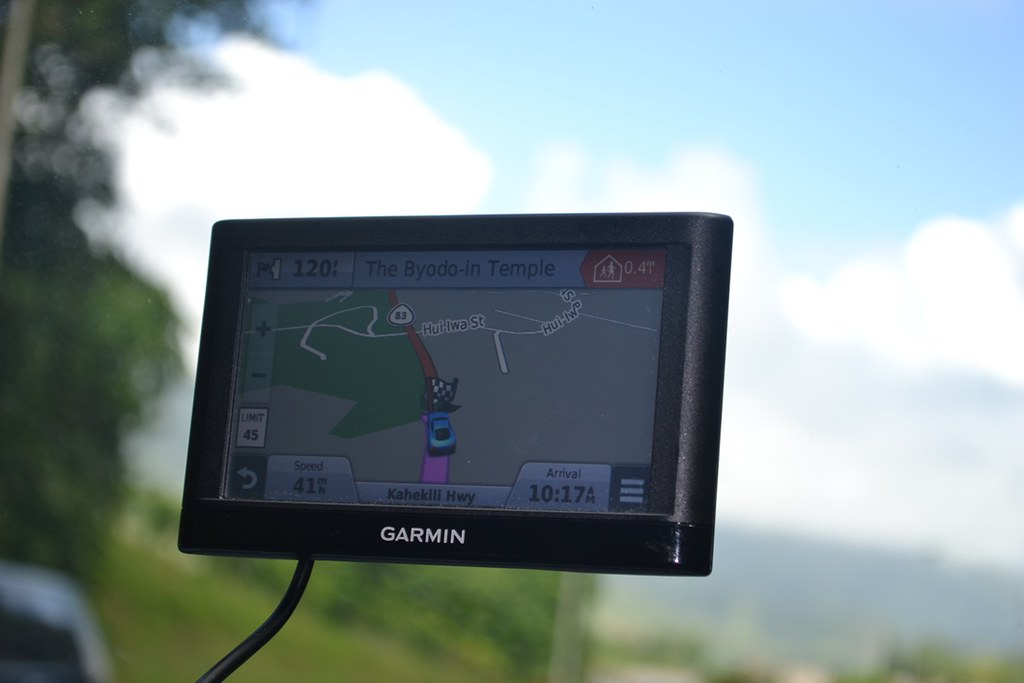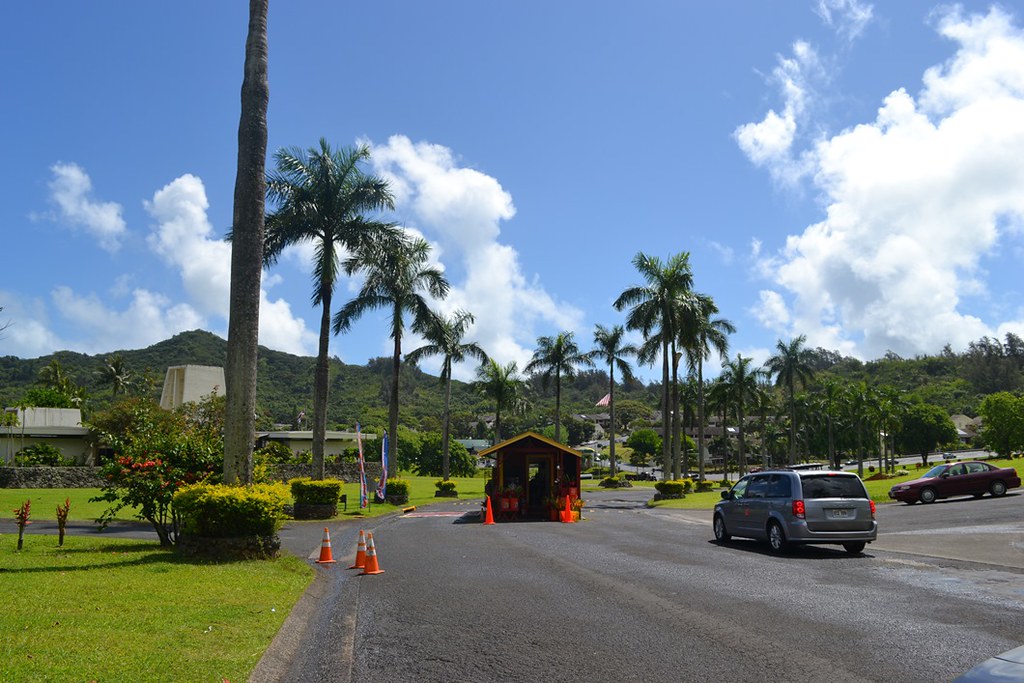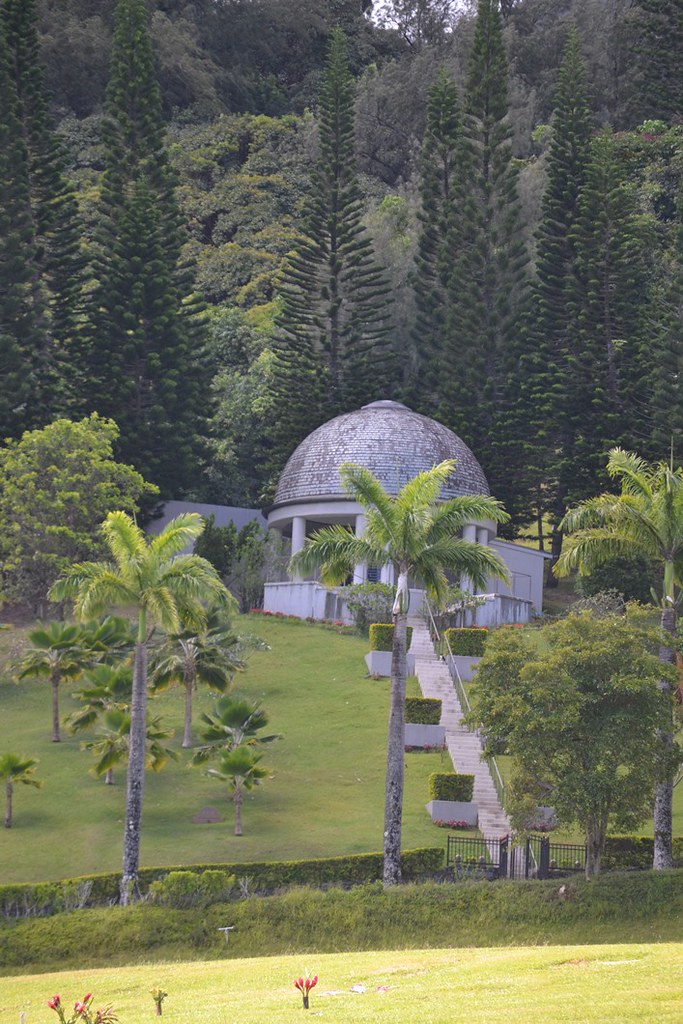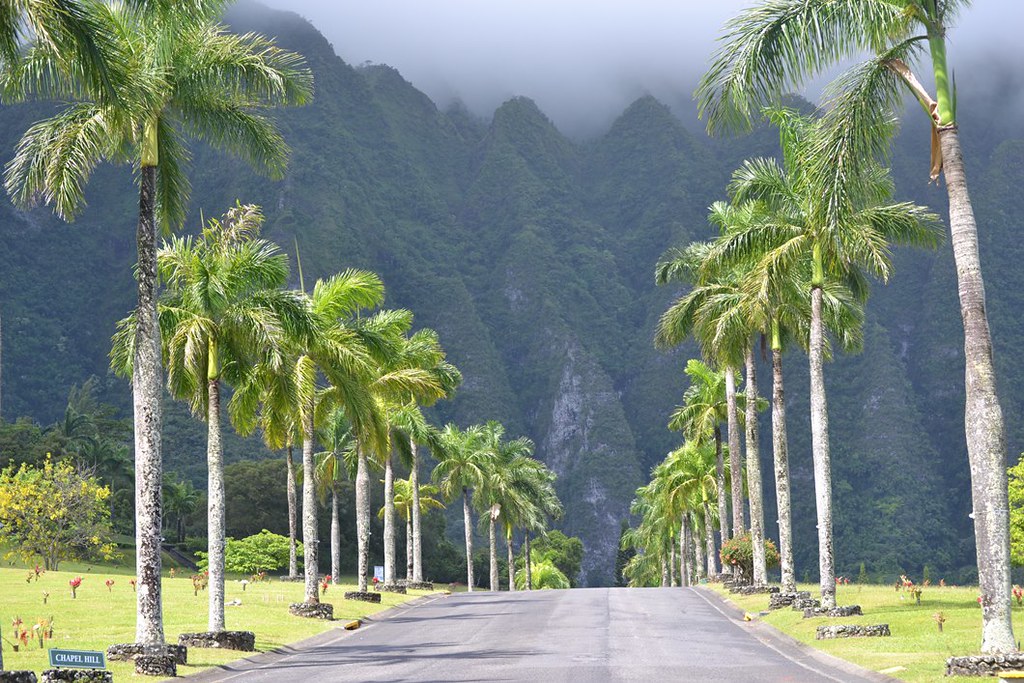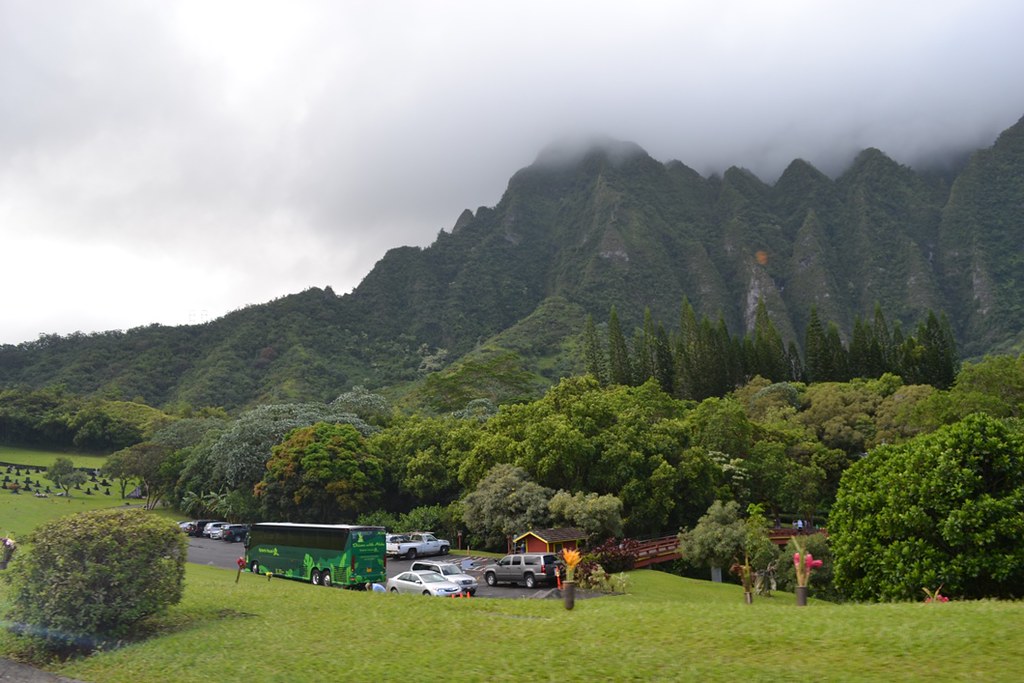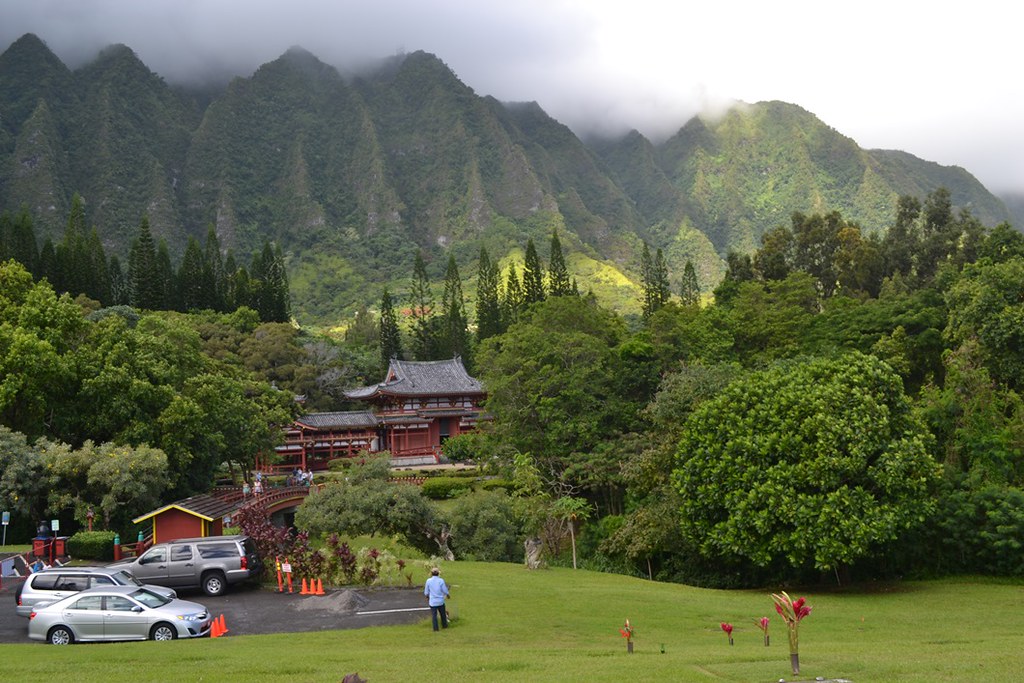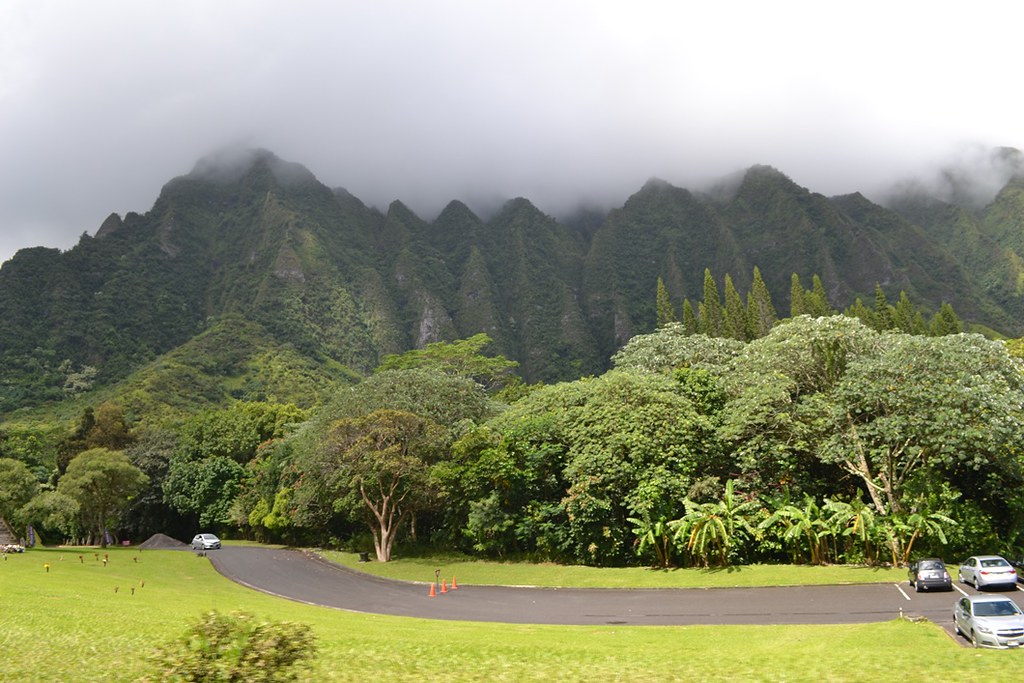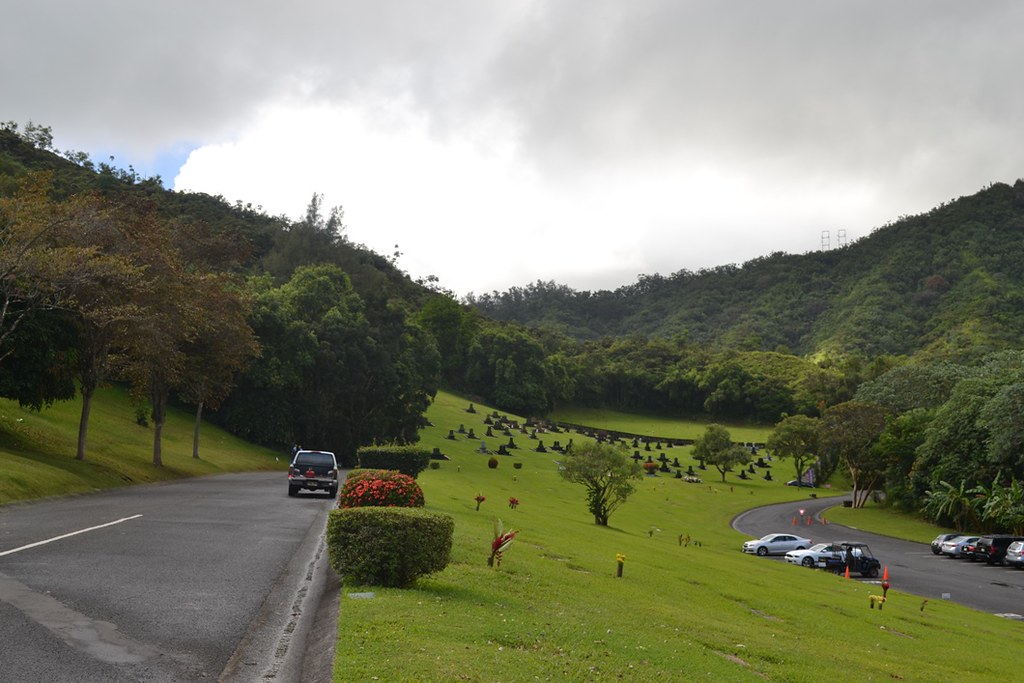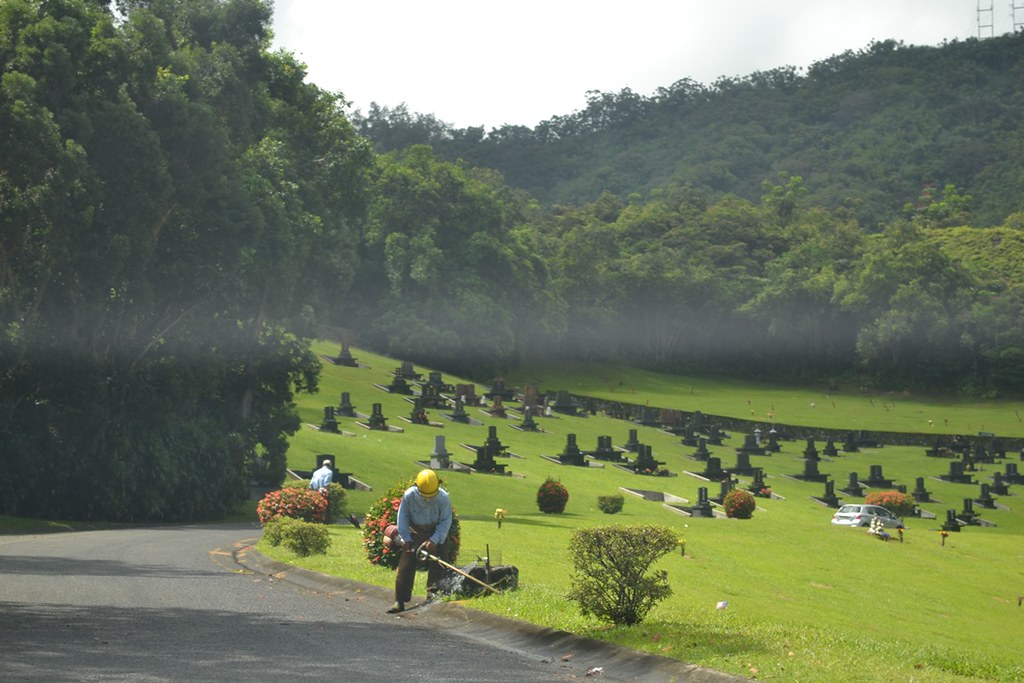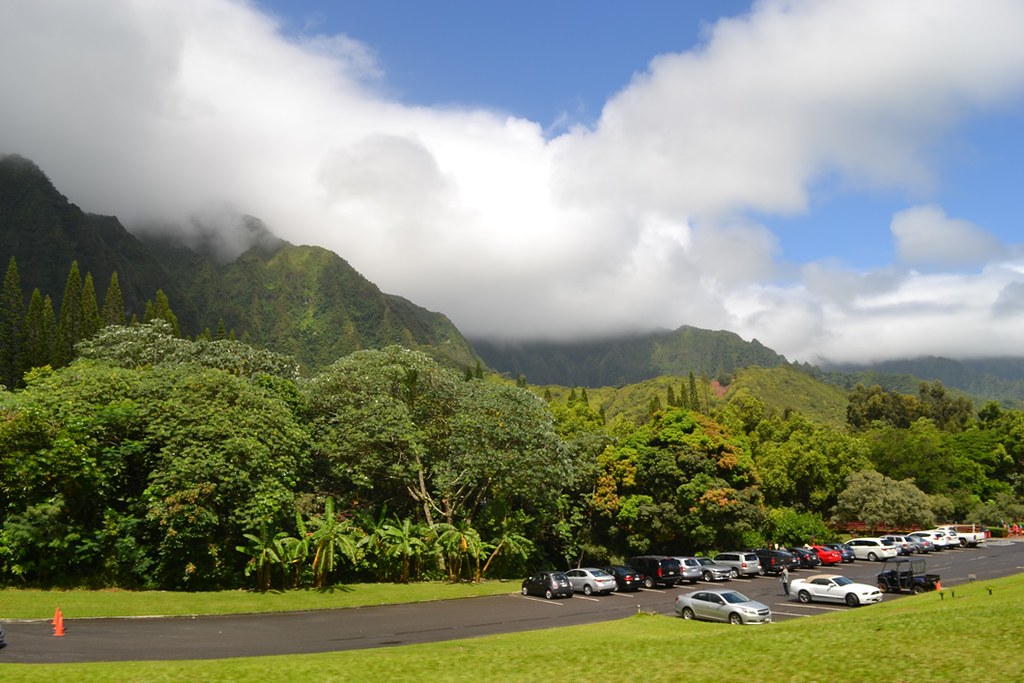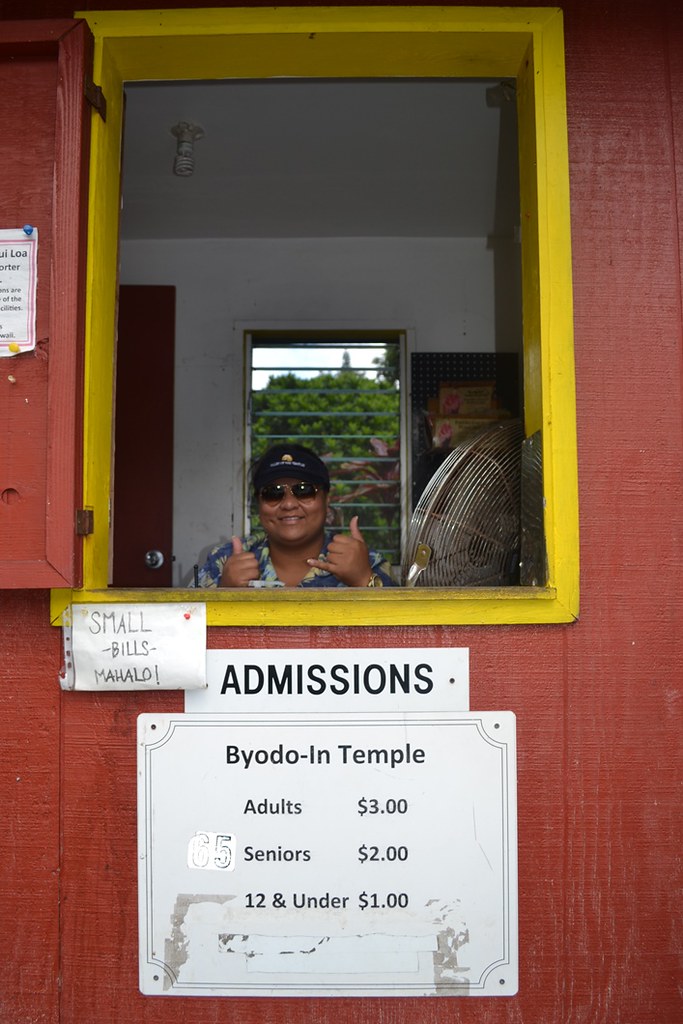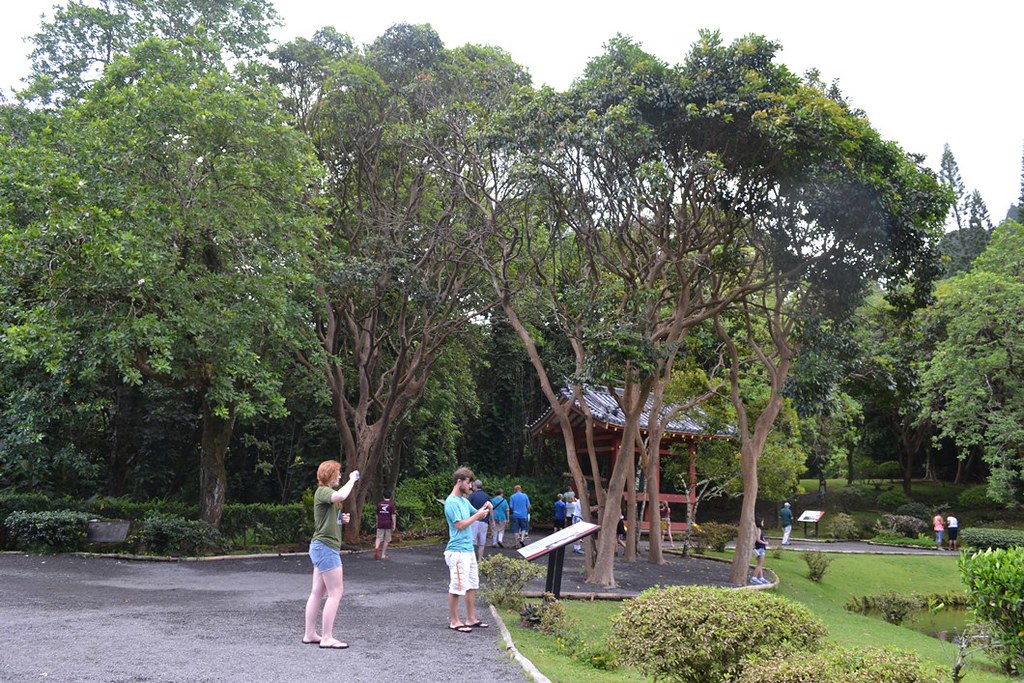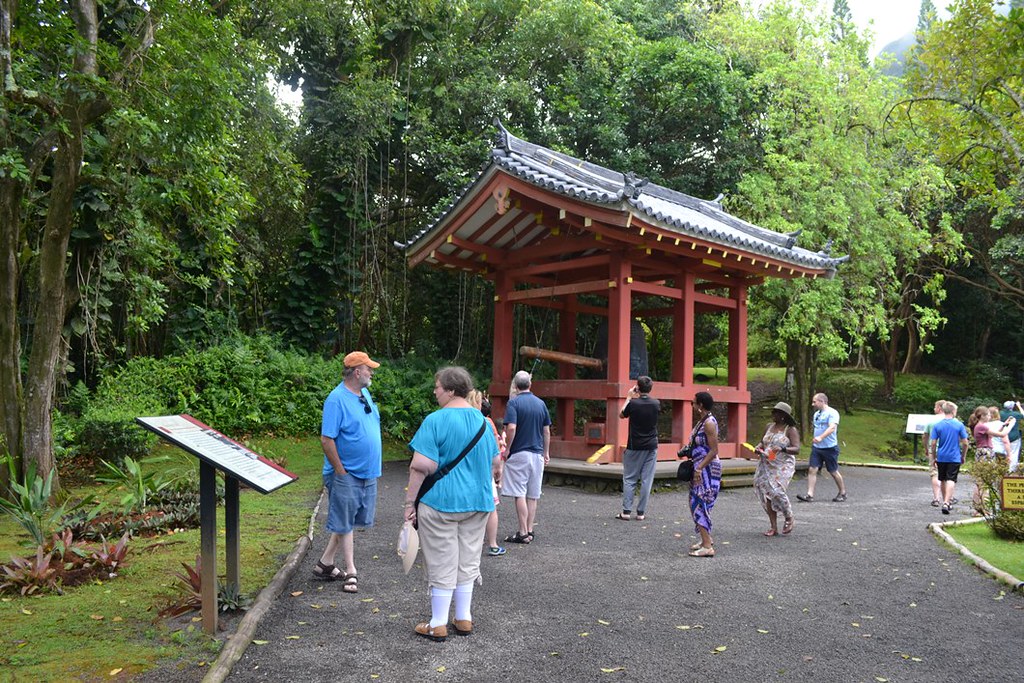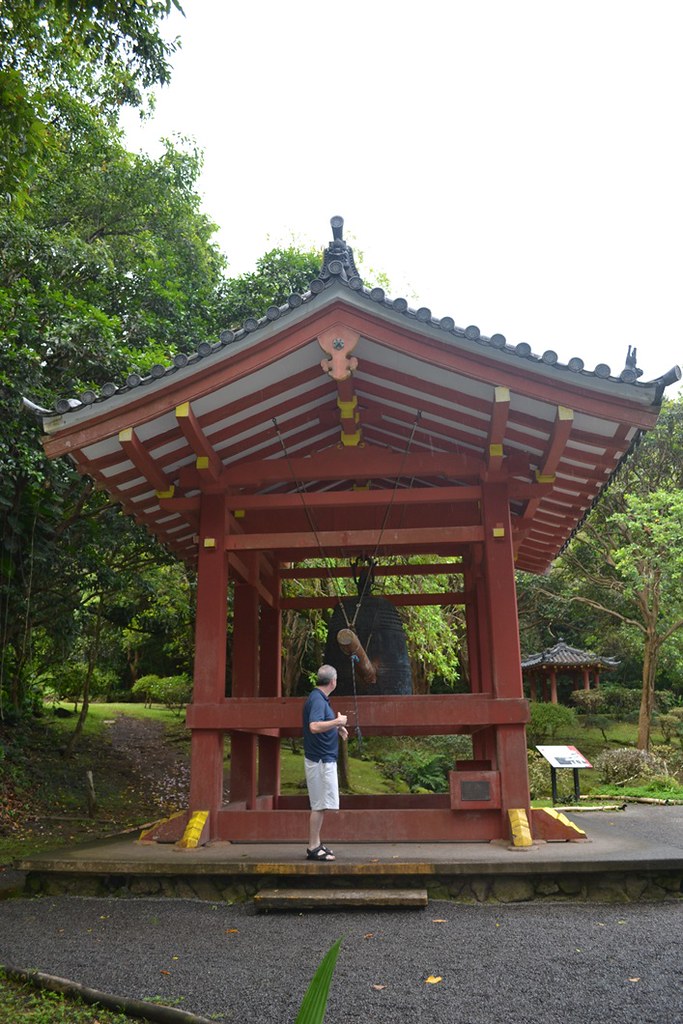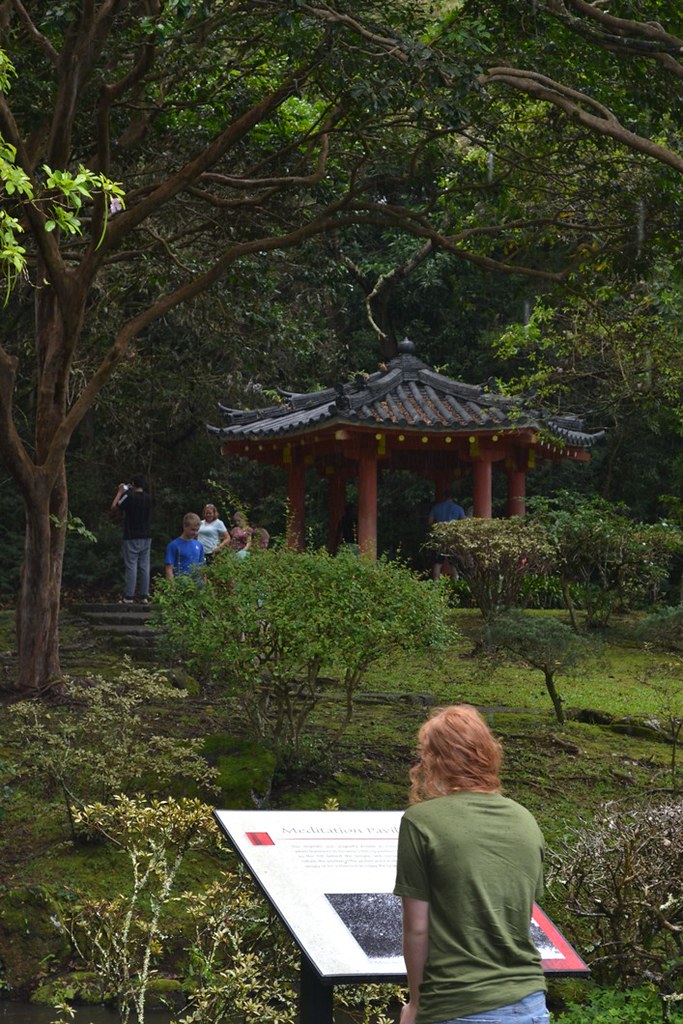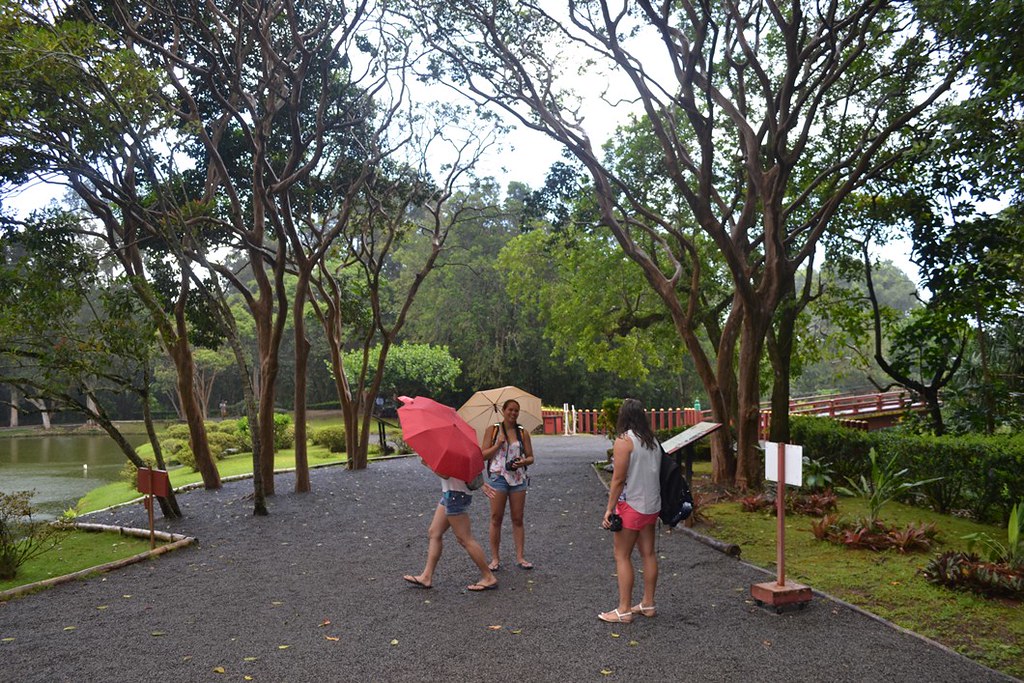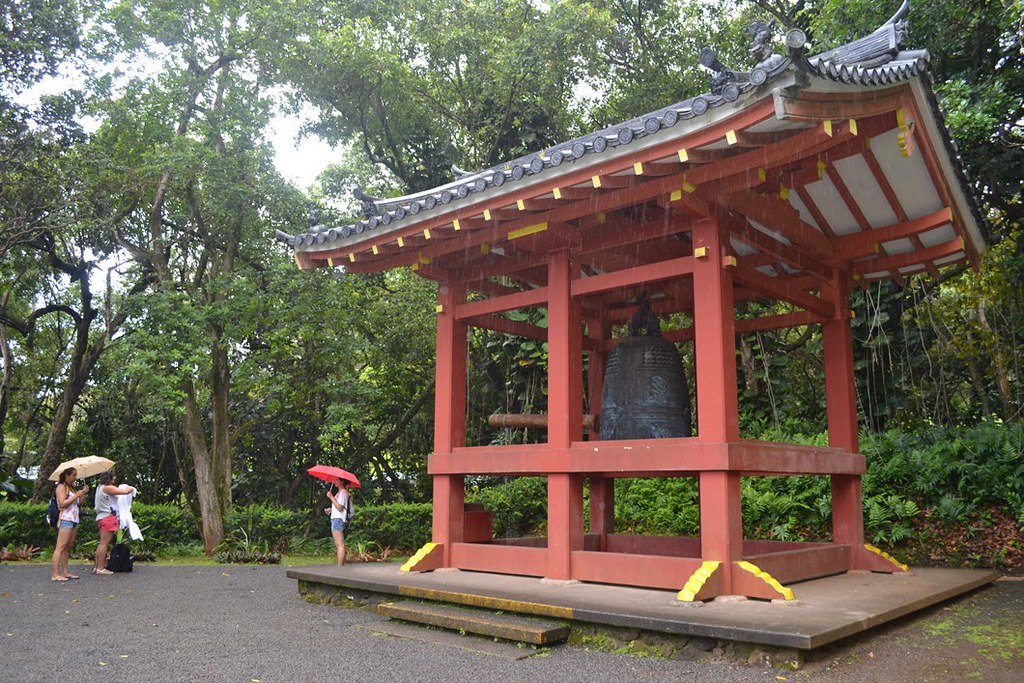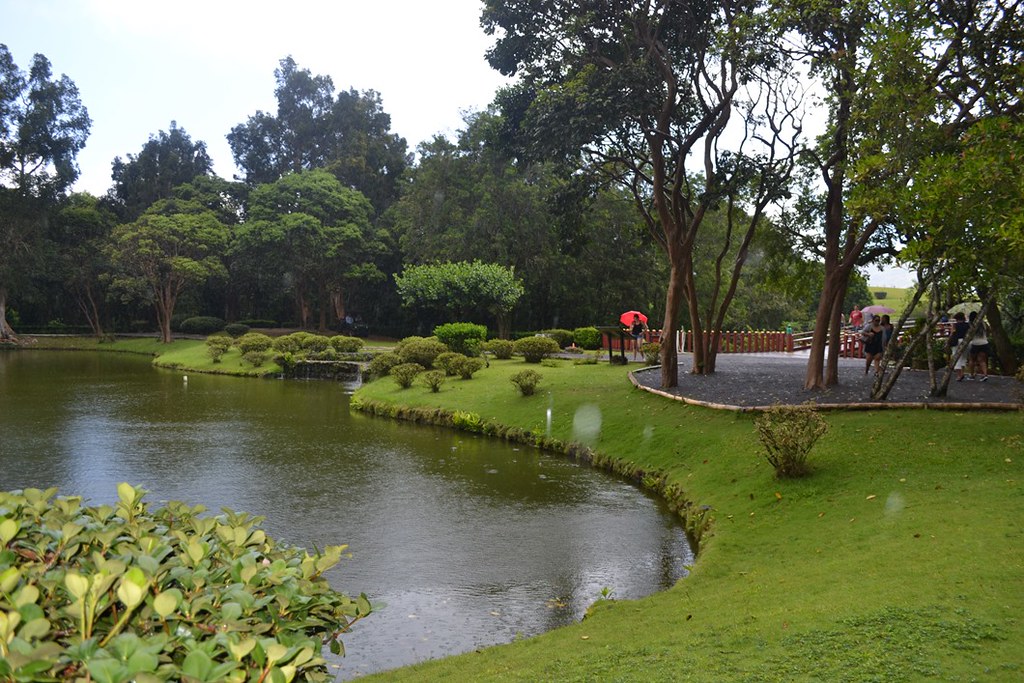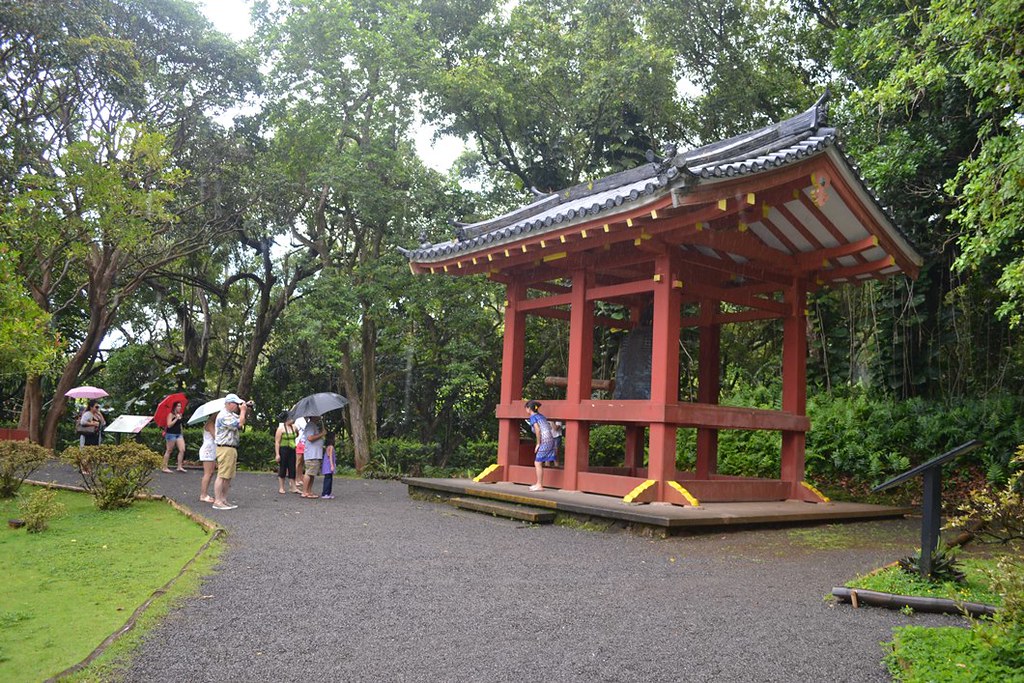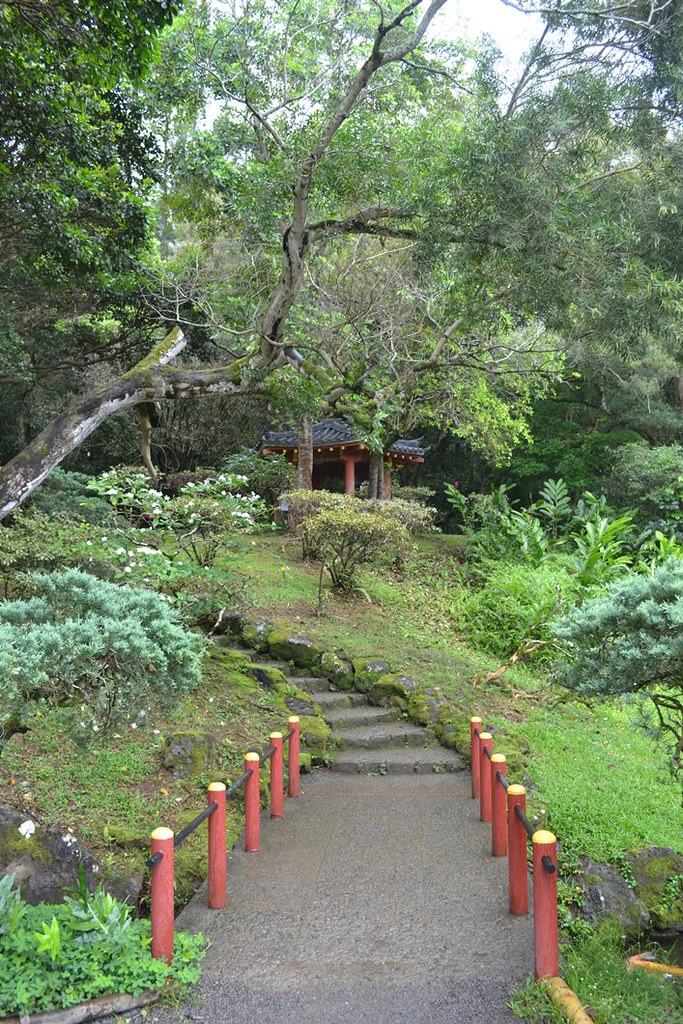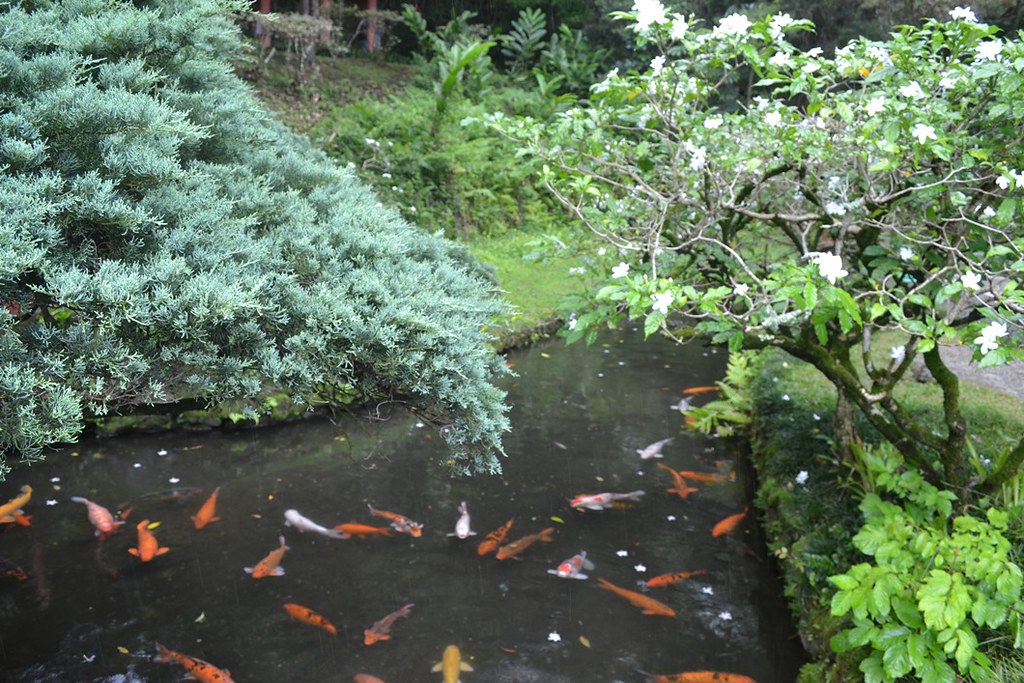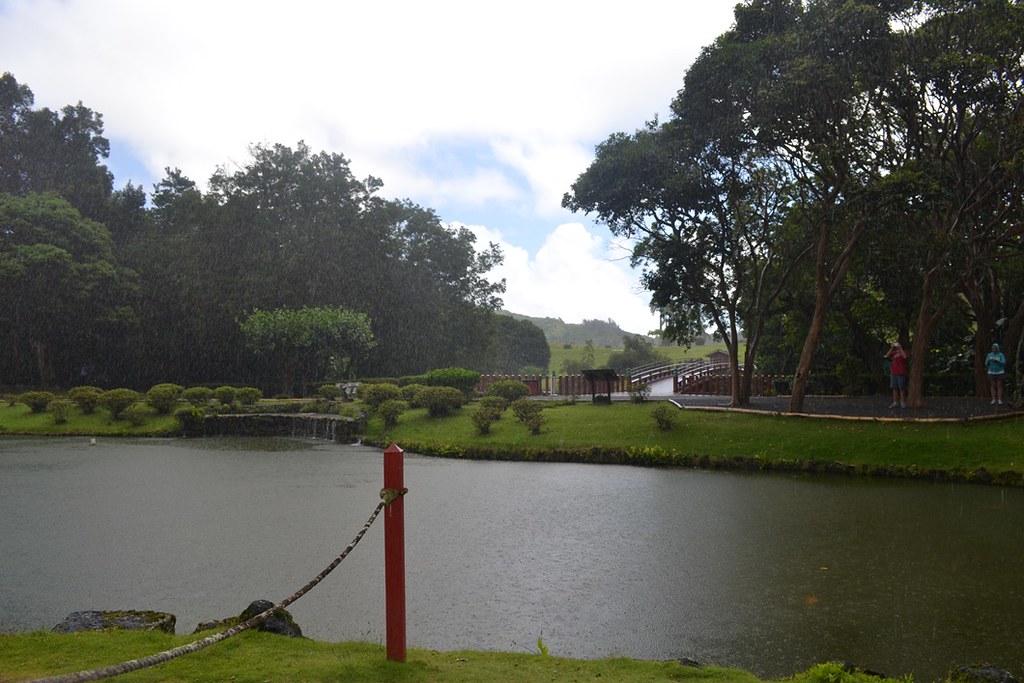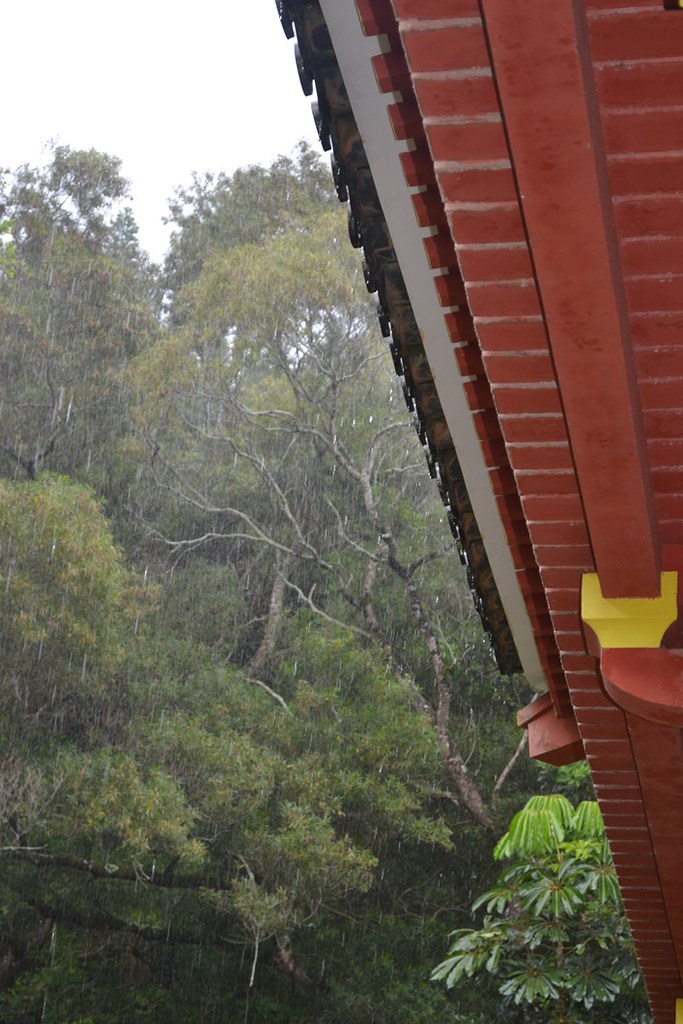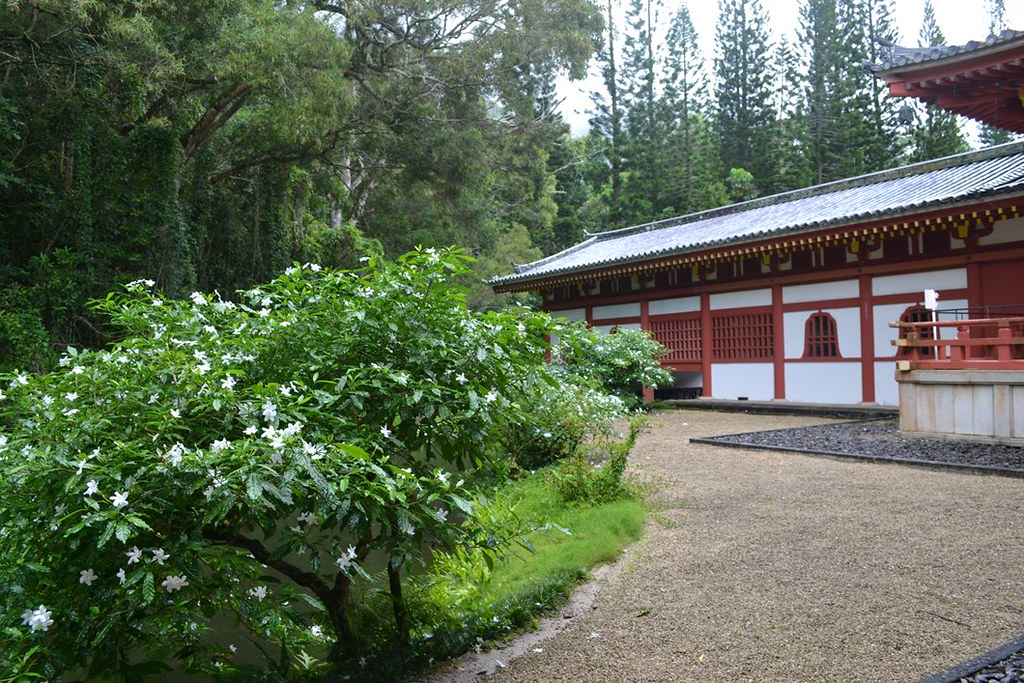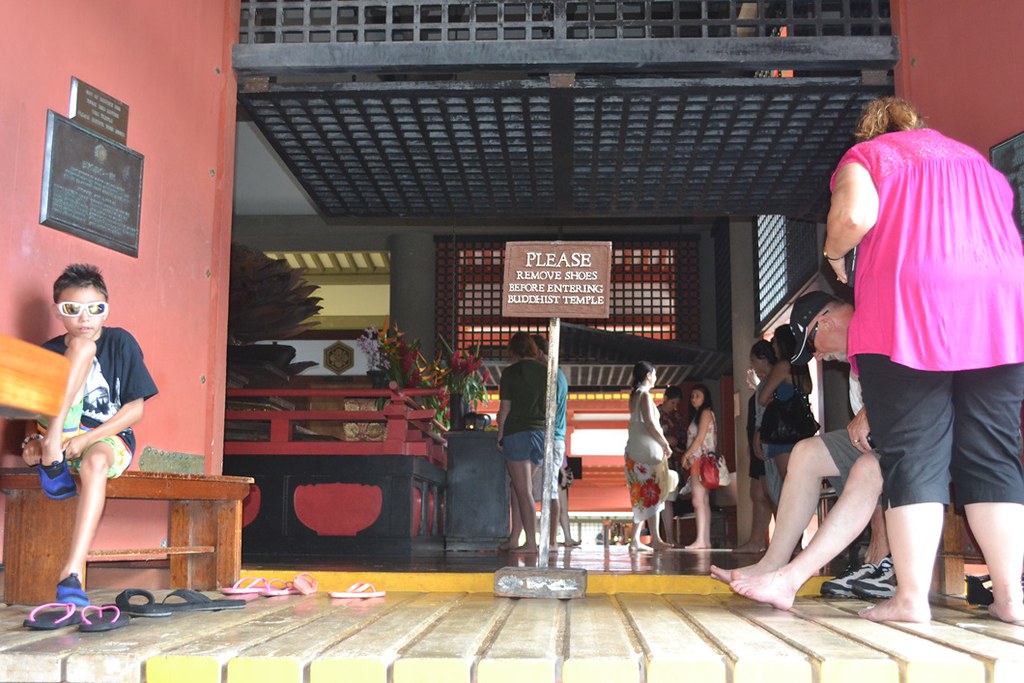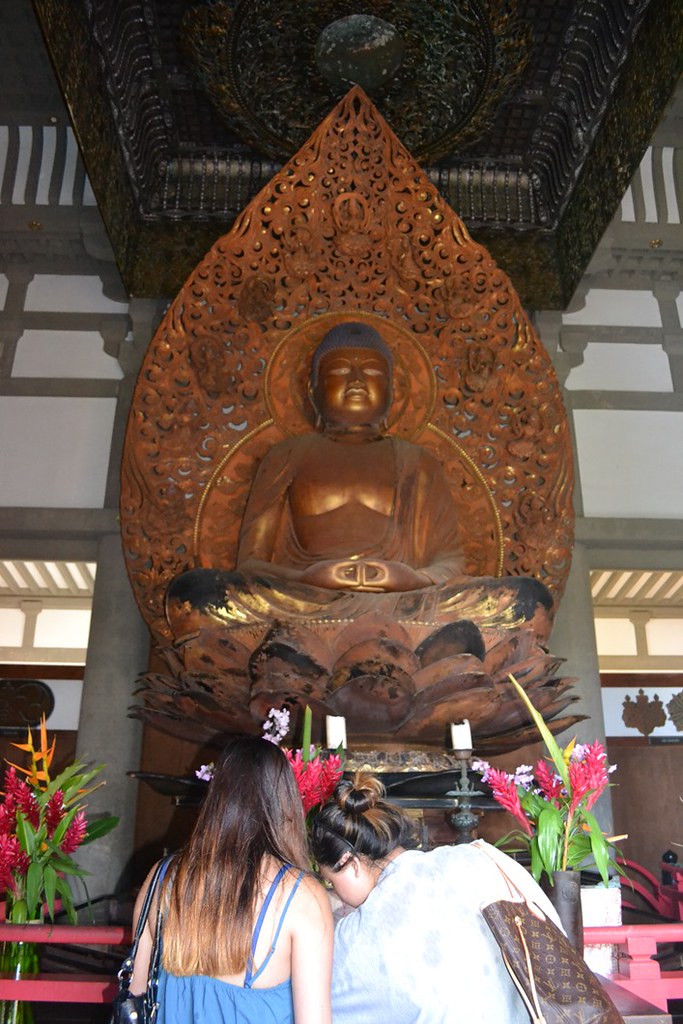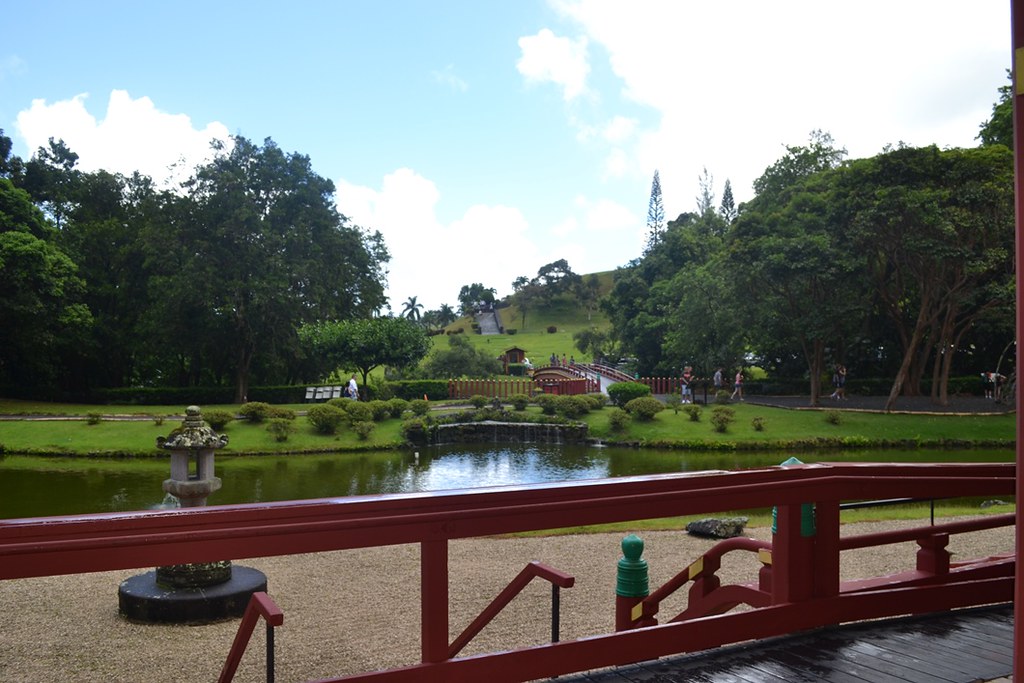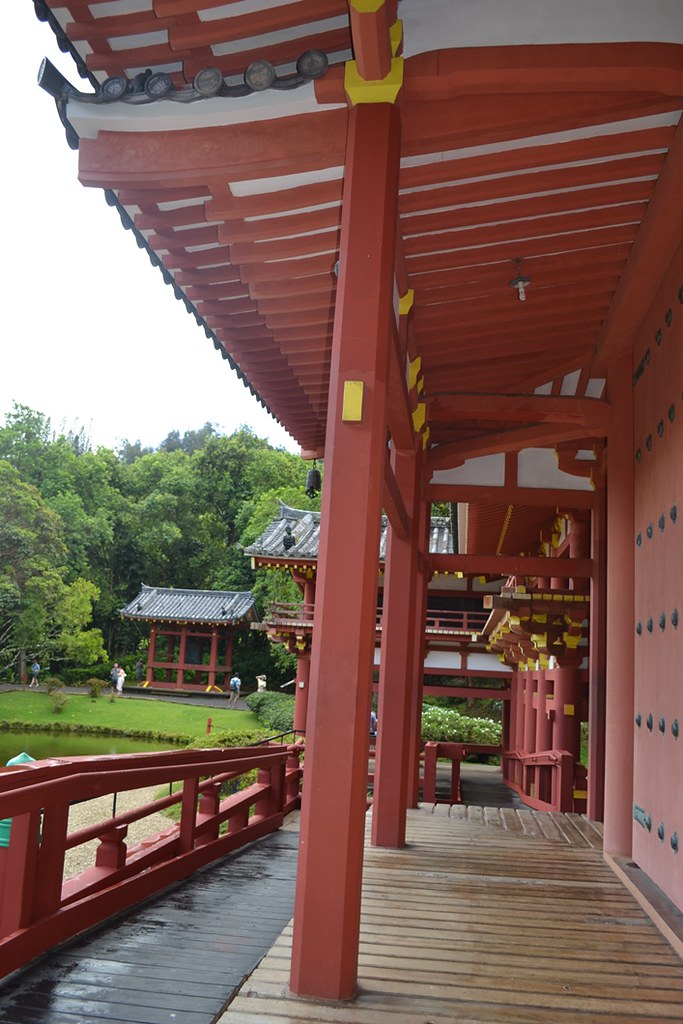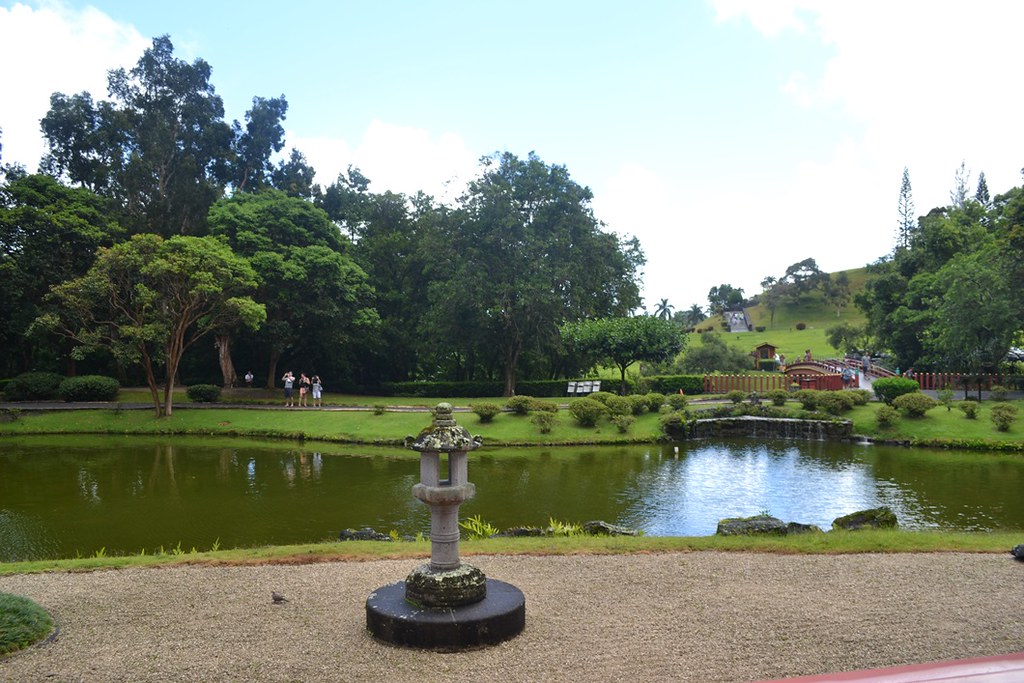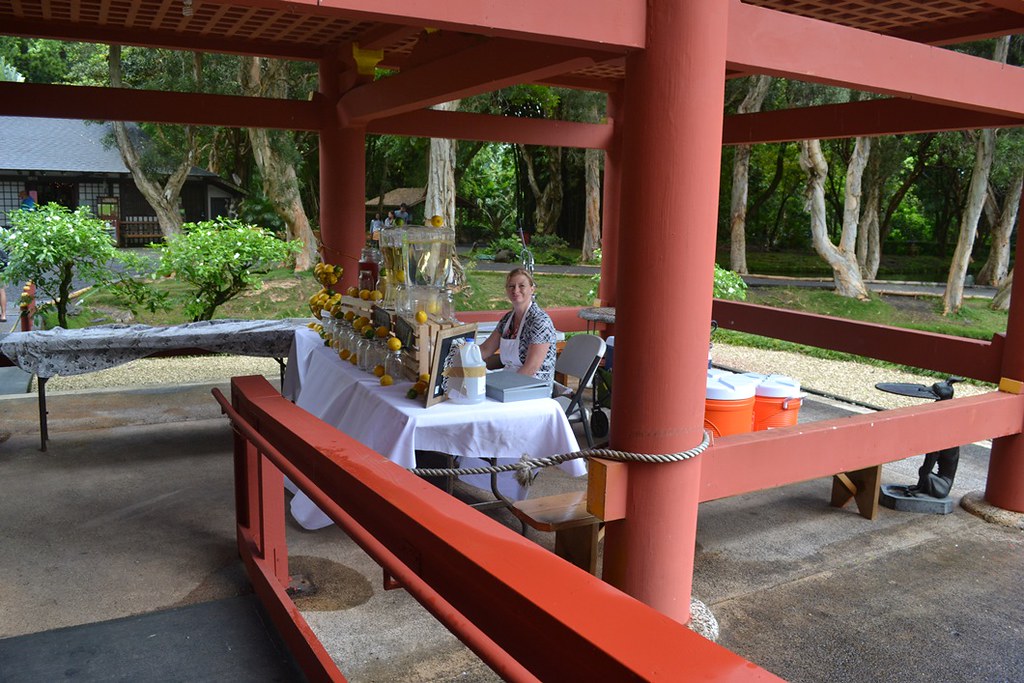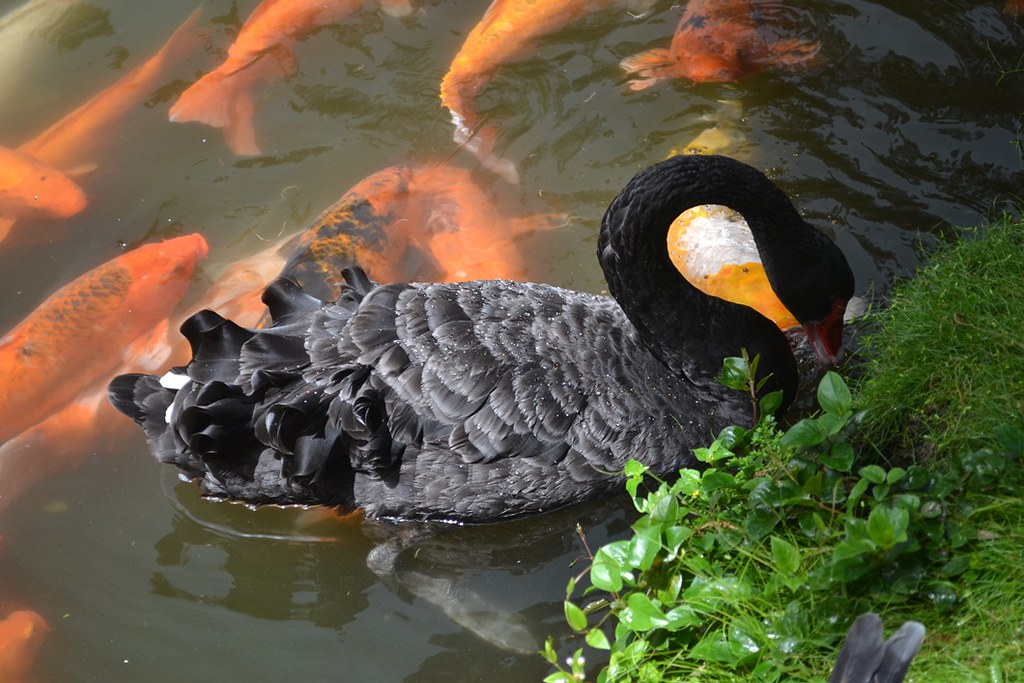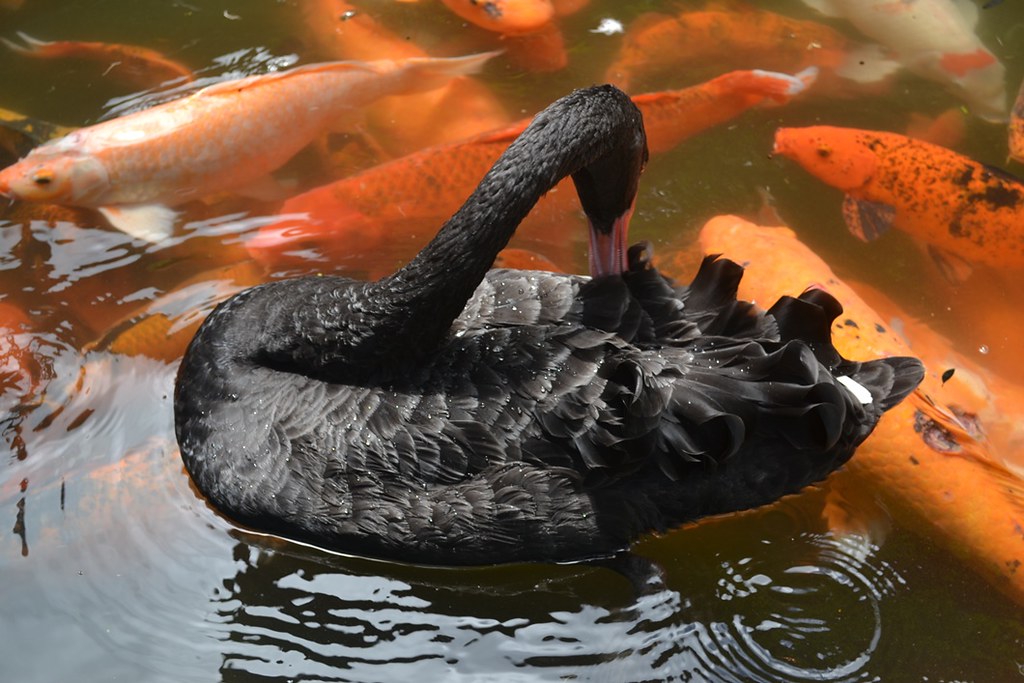Chiều nay tôi vừa làm cơm vừa xem tivi. Màn hình tivi rực lửa . Nuớc Kenya vừa mới thiêu huỷ hơn 100 tấn ngà voi vào sáng ngày hôm nay (30/4/2016)
Tôi thật xót xa khi thấy con voi bị giết , và tôi còn xót xa hơn khi thấy từng đống ngà voi ngùn ngụt bốc khói . Tại sao họ không giữ lại hàng tấn ngà voi ấy , để cho nhân loại đời này và nhiều đời sau nữa biêt đuợc tội ác của loài nguời thuở truớc ? Tại sao họ thiêu huỷ ? Thiêu hủy chứng cứ ư ? Thiêu huỷ tội ác ư ? Hay là họ không có khả năng bảo quản , biên giữ , nếu giữ lại thì không chóng thì chầy những tấn ngà voi không cánh mà bay sang Tàu . Đốt là phải cách nhất ư ? Không còn cách nào khác ư ? Thật là xót xa quá !!!
Sinh ra làm nguời , vô phuớc mà đầu thai vào những nuớc nghèo, kém văn minh hiểu biết thì nguời ấy phải làm sao , chắc là phải chịu cuốn theo cơn lốc mà thôi , huống chi là con vật . Con vật xứ nghèo đói lạc hậu thì bị giết tất .
Nhìn chuyện ngà voi bên châu Phi mà nghĩ đến chuyện cá của Việt Nam tôi, có khác gì đâu. Những nguời làm trong chính quyền hành chánh ngu dốt, hối lộ , cá chết , thì dân cũng chết theo mà thôi . Tôi là nguời con miền duyên hải, trông cảnh miền trung hiện nay mà thật xót xa trong lòng.
Giờ này khi tôi viết vu vơ vài chữ này , cả trăm tấn ngà voi đã thành tro bụi , tôi xin lưu lạc những hình ảnh có một không hai trên thế giới này
Vào năm 1989, Kanya là nuớc duy nhất trên thế giới đã ra lệnh thiêu hủy ngà voi . Và ngày hôm nay 30/4/2016, một lần nữa họ lại thiêu huỷ hơn 100 tấn ngà voi .
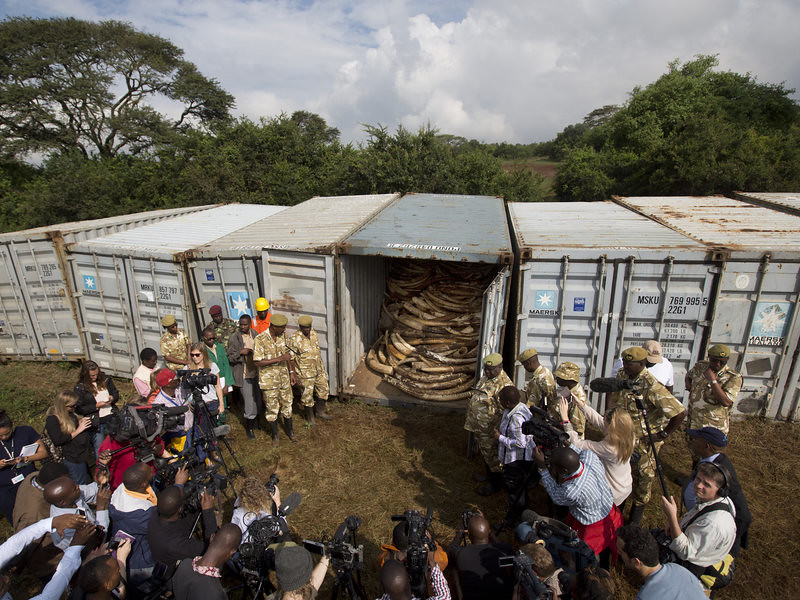
Officials and rangers from the Kenya Wildlife Service open the seals on shipping containers full of ivory transported from around the country, as they prepare to stack it into pyres in Nairobi National Park on April 20 . Ảnh AP 20/4/2016
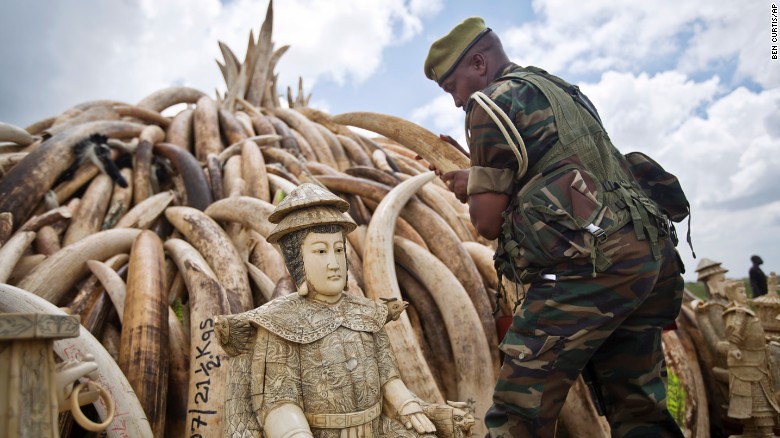
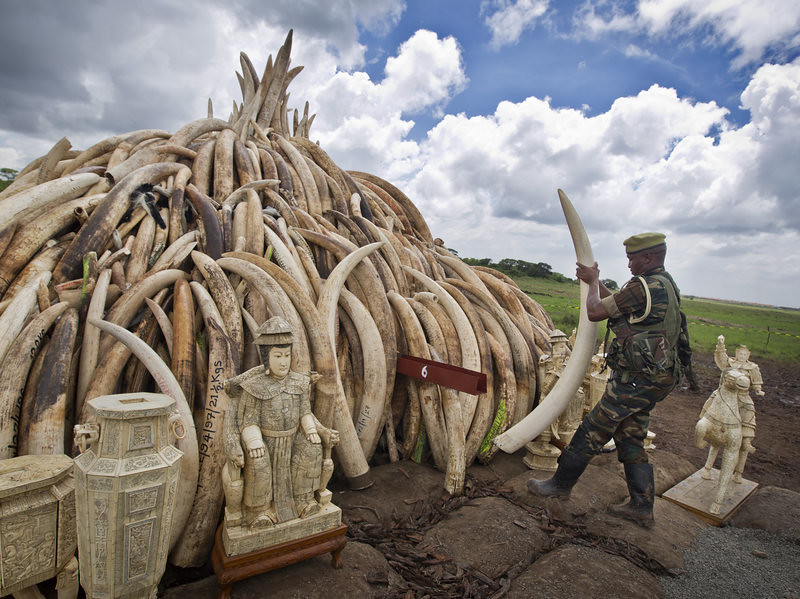
A ranger from the Kenya Wildlife Service adjusts the positioning of tusks on one of around a dozen pyres of ivory, in Nairobi National Park, Kenya April 28. The wildlife service has stacked 105 tons of ivory consisting of 16,000 tusks, and 1 ton of rhino horn, from stockpiles around the country, in preparation for it to be torched on Saturday. Ảnh AP 28/4/2016
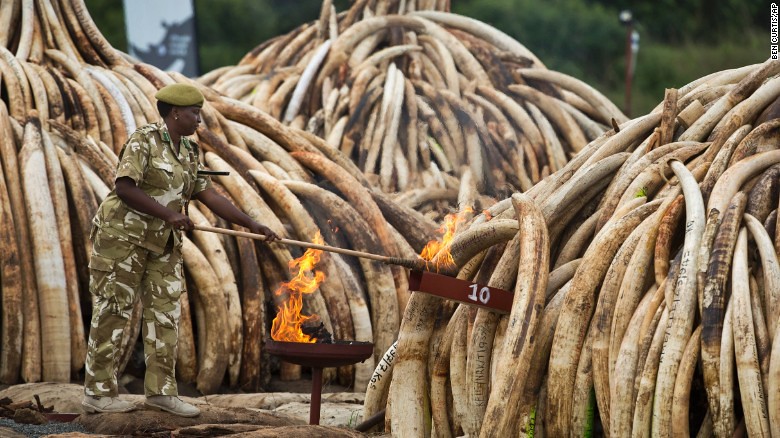
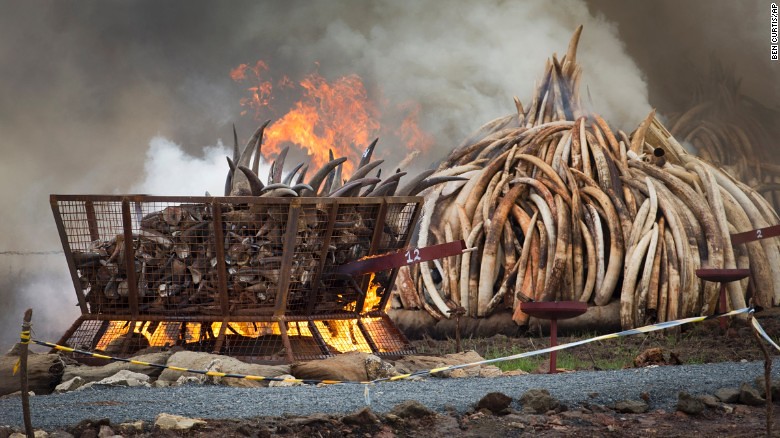
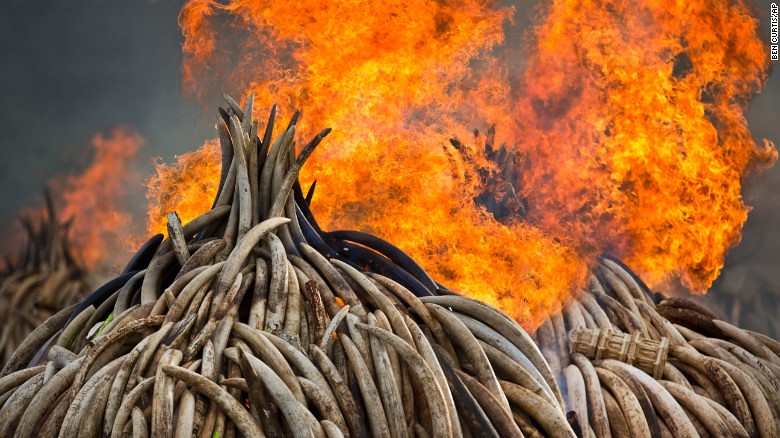
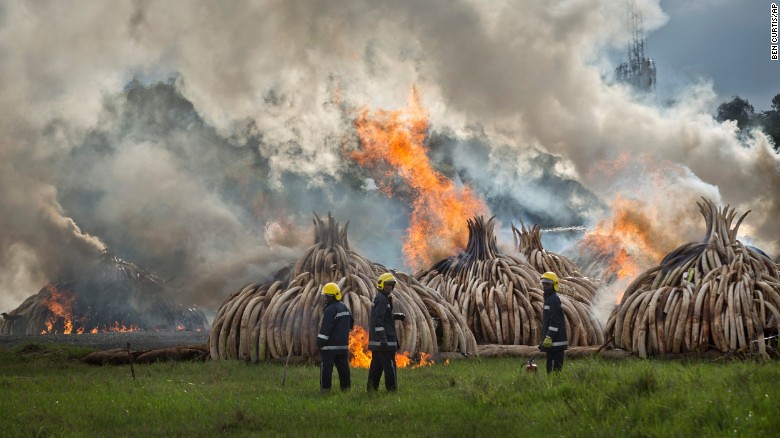
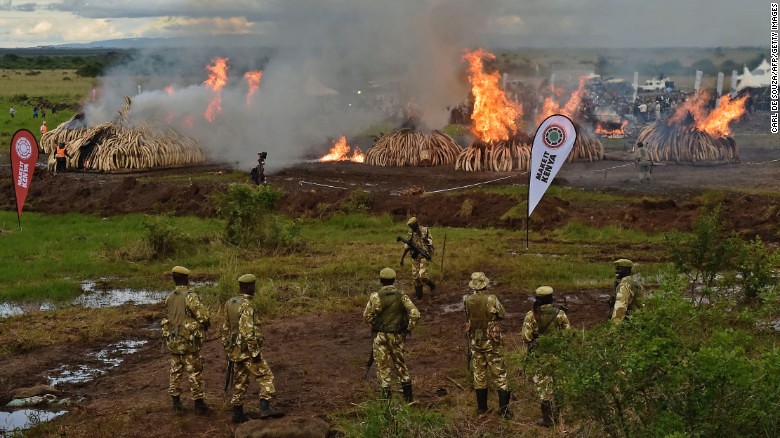
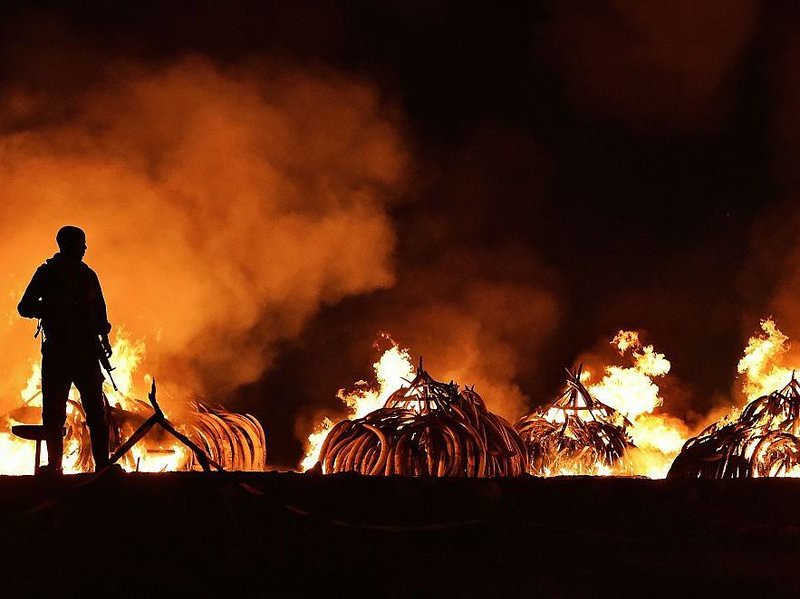
A Kenya Wildlife Services ranger stands guard in front illegal stockpiles of burning elephant tusks at the Nairobi National Park on April 30, 2016. Getty images
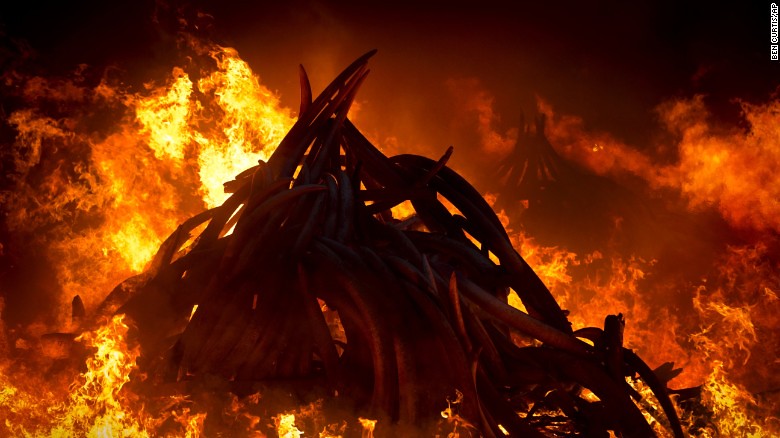
Video
***************************************
Up In Flames: Kenya Burns More Than 100 Tons Of Ivory
April 30, 20168:18 AM ET
To burn or not to burn? That is the question facing African countries in their fight against the multimillion-dollar illegal ivory trade.
Kenya, which introduced the world to burning ivory in 1989, still thinks it's a good idea. On Saturday morning, it hosted the most spectacular burn event yet: The tusks of nearly 7,000 elephants — 105 metric tons' worth — were set alight in 11 separate pyres in Nairobi's National Park.
The tusks, taken from elephants that were poached as well as from those that died naturally, were collected from Kenya's parks and confiscated at its ports.
The haul represents the bulk of Kenya's entire ivory stockpile. In addition, a 1.5-ton basket of rhino horn was set on fire. All told, more than $300 million worth of contraband went up in flames.
"Kenya is leading the way in saying that ivory has no value, unless it's on an elephant," says Robin Hollister, an engineer and pyrotechnics expert, as he adjusts the knobs on an air compressor.
In a vast, muddy field in Nairobi's National Park, about a week before the big burn, Hollister was testing the pipes that today sent a mix of kerosene and diesel squirting at high pressure under each pyre. Ivory is not flammable, so the process is akin to cremation.
"Of course, you could destroy ivory by bringing in a stone crusher," Hollister shrugs. "It would be much easier. But it wouldn't be as dramatic."
Not everyone appreciates the drama.
Seretse Khama Ian Khama, the president of Botswana, boycotted Kenya's burn as sending "the wrong message." Botswana has more elephants than Kenya, and has been more successful at conserving them.
Still, Kenya has made recent strides against poaching, which is down by 80 percent since 2013. But even as Kenya's elephants enjoy improved protection, Kenya's port officials can sometimes enable the ivory trade.
Wildlife trade expert Esmond Bradley Martin says that smuggling routes have shifted from West African ports to East African — in Kenya and Tanzania, mostly. Kitili Mbathi, the Director General of Kenya Wildlife Service, admits that the Kenyan port of Mombasa is the "weak link," where corruption allows shipments of ivory tusks to China.
Mike Norton Griffiths, a longtime Kenyan resident who researches the economics of conservation, has a different concern about the ivory burn: What happens to the ivory market when you effectively remove this much — his estimate is 5 percent — of the world supply at one time?
"Look what happened when Iraq went offline with its oil" during the Iran-Iraq war in the 1980s, he notes. "That was 5 percent of the market. Oil prices shot through the roof!"
Higher ivory prices could lure more poachers to get into the trade and hunt more elephants, he and others warn.
A number of prominent conservationists disagree.
Kenya's very first ivory burn — of 12 tons of ivory — helped lead to significant changes in global policy on the ivory trade.
Paula Kahumbu, the Kenyan CEO of the conservation group WildlifeDirect, says that keeping ivory locked in Kenya's vaults is a far more dangerous temptation to illegal traders than the higher prices Griffiths warns of.
"If you're a dealer and you need a ton of ivory, where is the hugest place to go?" Kahumbu says. "It's not to go hunting [elephants]. That's actually quite risky, to go hunting animals. Actually, if you can raid a stockpile by bribing the guy who has the key, that's going to be the fastest way that you can get your ivory."
Kahumbu's group has documented how ivory tusks go missing from African vaults or courtroom exhibit rooms and end up right back on the ivory market, because of corruption.
Stop Ivory, another wildlife conservation group, helped organize Saturday's burn, in which several African heads of state took part.
"It will be a pleasure to burn it," Kenyan President Uhuru Kenyatta wrote in an editorial on Friday, "and do my part to destroy any possibility that poachers and their accomplices might benefit from the slaughter of Kenya's elephants."
If ivory is to be destroyed, Kenyan officials reason, then it should be done in as public a ceremony as possible. Today's burn was timed to coincide with a continental summit on elephant conservation, so that other African dignitaries and heads of state could participate and show their contempt for the ivory trade. (One of burn-master Hollister's many jobs was an act of diplomacy — to make sure that no ivory pyre burned higher than the one the Kenyan president lit.)
But beyond the theatrics, the question is whether the anti-ivory message will sway buyers in the world's biggest ivory market — China. Does public shaming work on Chinese buyers?
"No," says Hongxiang Huang, the CEO of China House, a foundation in Nairobi to help Chinese living in Africa integrate. "With Chinese, that [shame] strategy is one that I would strongly advise not to use."
Huang worries that finger-wagging on ivory only politicizes the issue and plays into Chinese fears that their country is being undermined by Western NGOs and governments. Already, Huang says, many Chinese see ivory as an issue that the West uses as an excuse to criticize China.
The anti-ivory messages are stronger when they come from China's own leaders. Last year, China agreed to phase out its domestic ivory trade. The price of ivory dropped by almost half, even though no timeline for implementing the ban was given. Kahumbu says that was a bigger price drop than today's burn — or any burn, for that matter — could hope to achieve.
But Huang says the good news, from his perspective, is that most of the audience in China who happen to watch this burn on TV probably won't see it as the shame message it's intended to be.
"I think the burn will just be perceived [as demonstrating] that more and more governments are trying to phase this out and get out of this market," he says. "So it's something that is just fading away."
That may prove to be the most powerful incentive to abandon ivory, he suggests. One thing that proud Chinese people don't want to be, these days, is behind the times.
npr.org

